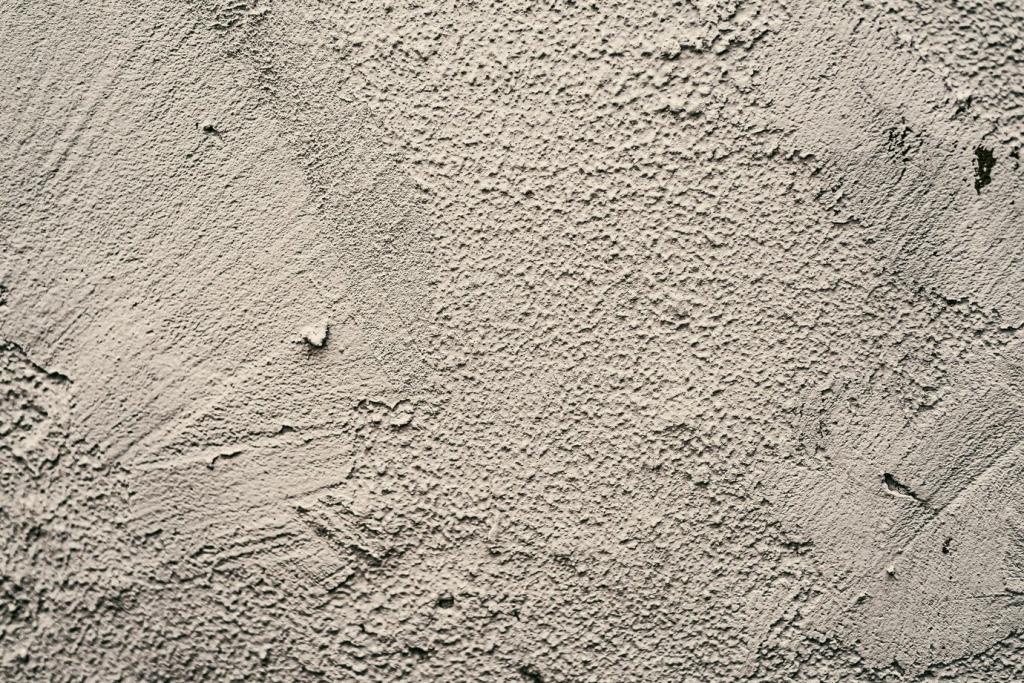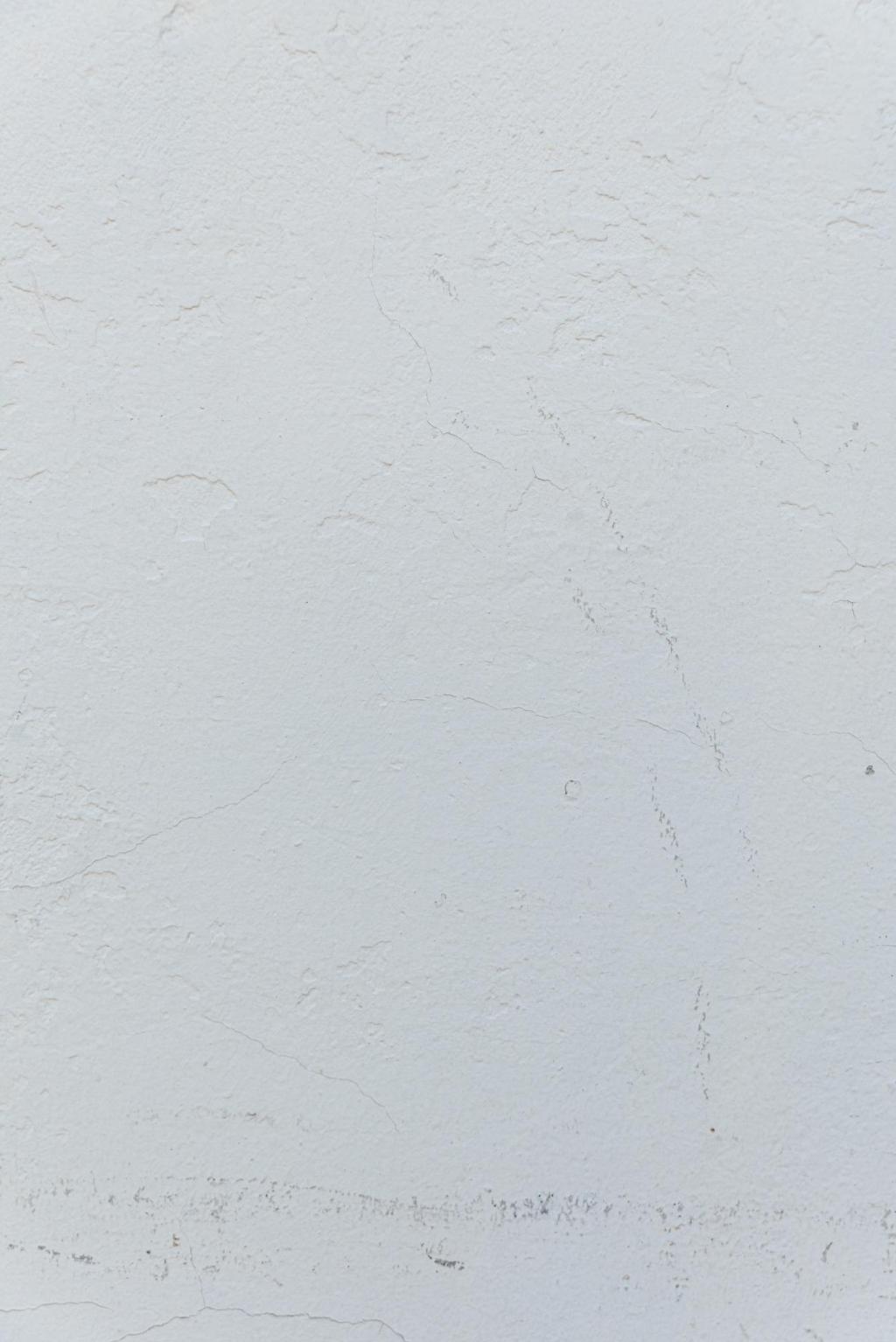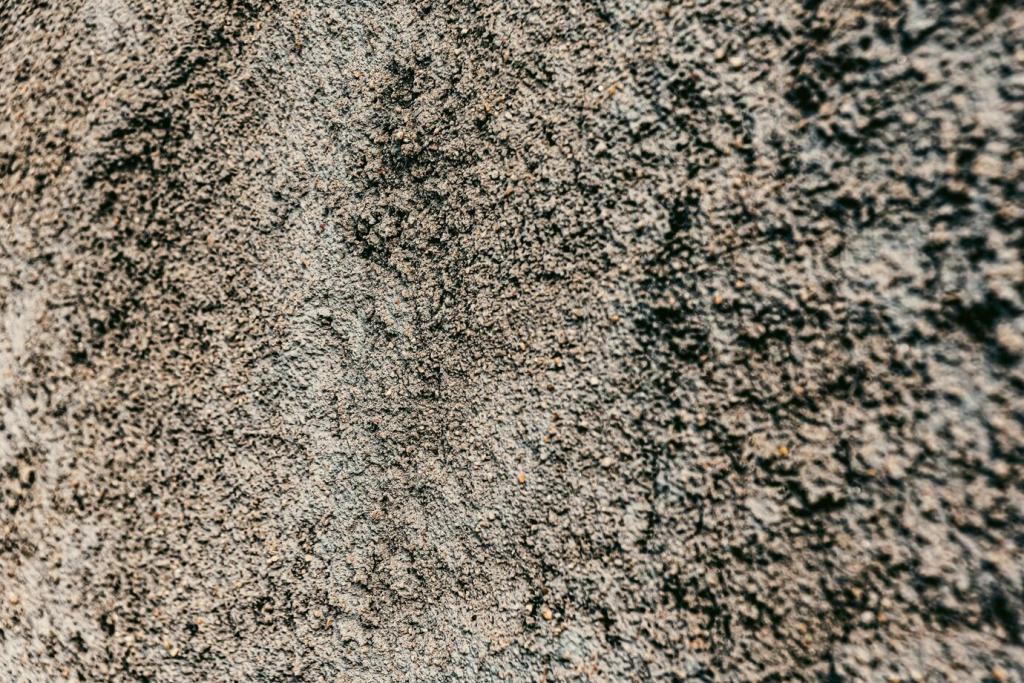Creating a Minimalist Kitchen Space: Calm, Clarity, and Everyday Joy
Decluttering With Purpose
One Drawer at a Time
Choose a single drawer, empty it completely, and keep only tools that serve daily cooking. Group by task, not by shape, and return items with intention. Share your before-and-after drawer photo to inspire someone else’s first step.
The 90/90 Rule in the Kitchen
Ask whether you used each item in the last 90 days or will in the next 90. If not, release it. This simple check cuts through sentiment and indecision. Comment with one surprising item you finally let go.
Letting Go with Gratitude
Hold the duplicate whisk or chipped mug, thank it for its service, then pass it on. Gratitude eases decision fatigue and builds a kinder habit loop. Tell us which item you released today and how it felt.

Choose a restrained palette—soft whites, warm greys, or earthy neutrals—to quiet the room and highlight food and conversation. Add a single accent tone for rhythm. Share your chosen palette in the comments for feedback.

Flat-front cabinets, thin profiles, and hidden pulls reinforce clarity. If you prefer hardware, choose simple, ergonomic shapes. Consistency matters more than trend. Post your favorite handle style and why it suits your minimalist vision.

Open shelves invite discipline, while closed cabinets hide tools and calm the eye. Mix thoughtfully: display daily-use dishes, conceal the rest. Which balance works for you? Vote below and share a snapshot of your shelf edit.
Function First: Workflow and Zoning
Place refrigerator, sink, and stovetop within easy reach, then reduce counter hops with clear prep space between them. Fewer steps mean fewer messes. Sketch your triangle on paper and share what you’ll shift this week.

Function First: Workflow and Zoning
Reserve one cabinet for plates, bowls, and glasses you use every day, directly above the dishwasher if possible. Streamlined reach builds effortless routines. Comment with your top three daily items and where they live now.
Materials That Breathe
Natural Woods and Sustainable Finishes
Opt for FSC-certified woods, low-VOC sealants, and matte textures that soften light. Subtle grain adds quiet character without visual noise. Share your favorite wood tone and how it complements your chosen color palette.
Stone, Steel, and Texture
Pair honed stone with brushed steel for balanced warmth and resilience. Texture keeps minimalism from feeling sterile. Post a photo or description of your countertop choice and why it supports clutter-free cooking.
Soft Elements: Textiles and Warmth
Linen towels, cork trivets, and wool runners absorb sound and add comfort underfoot. Keep patterns minimal for cohesion. Which textile made your kitchen feel calmer? Share your pick and where you sourced it.
Smart Storage Without Clutter
Use adjustable inserts for utensils, upright dividers for pans, and risers for dishes. Label sparingly using icons or one-word tags. Comment with one drawer you’ll reorganize this weekend and your chosen insert.

Mindful Habits for Everyday Maintenance
Five-Minute Reset Ritual
After each meal, set a timer: clear surfaces, wipe counters, and return tools to zones. Consistency beats intensity. Invite a friend to try the ritual too and report back on day three.
The One-In, One-Out Pact
Whenever a new gadget arrives, let an old one go. This keeps drawers honest and choices light. Declare your pact in the comments and share the first item you’re releasing.
Sunday Prep Without the Stress
Chop vegetables, portion grains, and pre-set a clean chopping board for Monday. Ten calm minutes prevent weekday clutter. What’s your favorite two-recipe prep combo? Share to inspire fellow minimalists.
Personal Stories and Small Wins
I kept twelve sentimental mugs and used only two. Donating the extras made mornings lighter and shelves open. What collection are you ready to edit? Tell your story and tag a friend for accountability.
Personal Stories and Small Wins
A chef’s knife, wooden spoon, sheet pan, and cast-iron skillet handled a week of meals. Fewer choices, better focus. Share your minimalist tool kit and one recipe it easily conquers.


